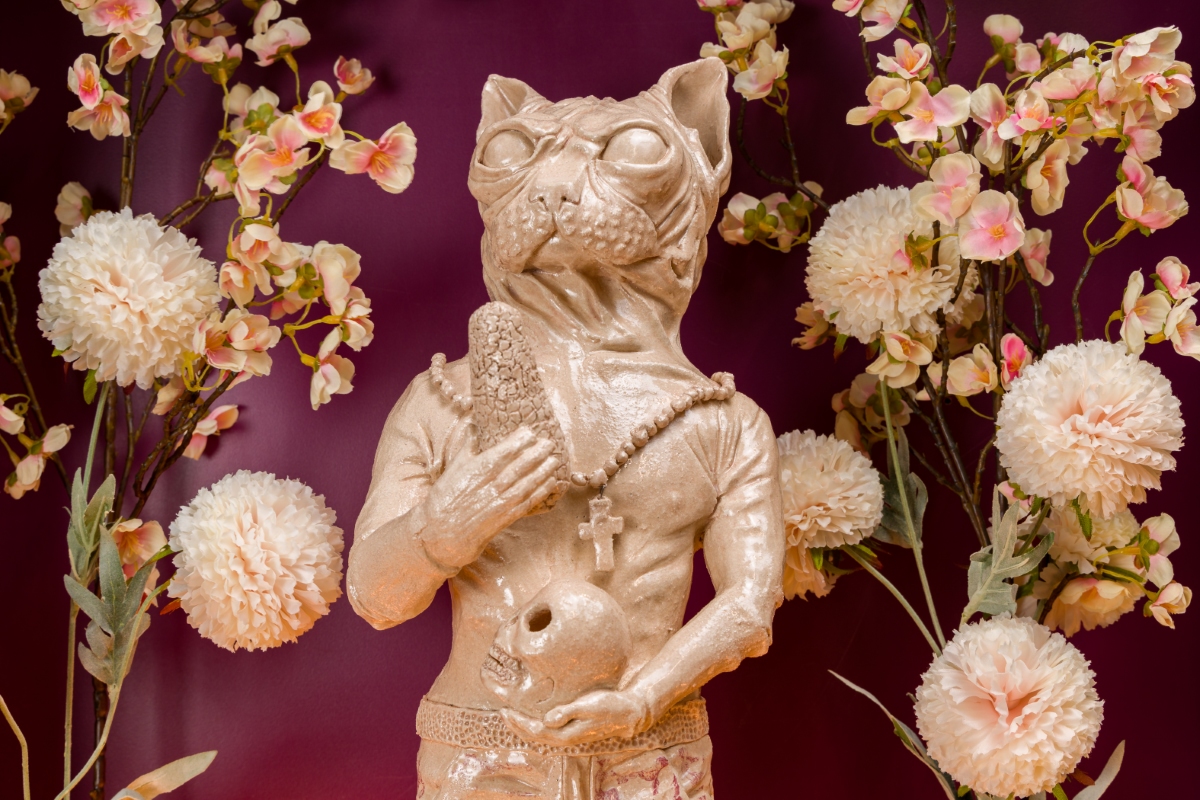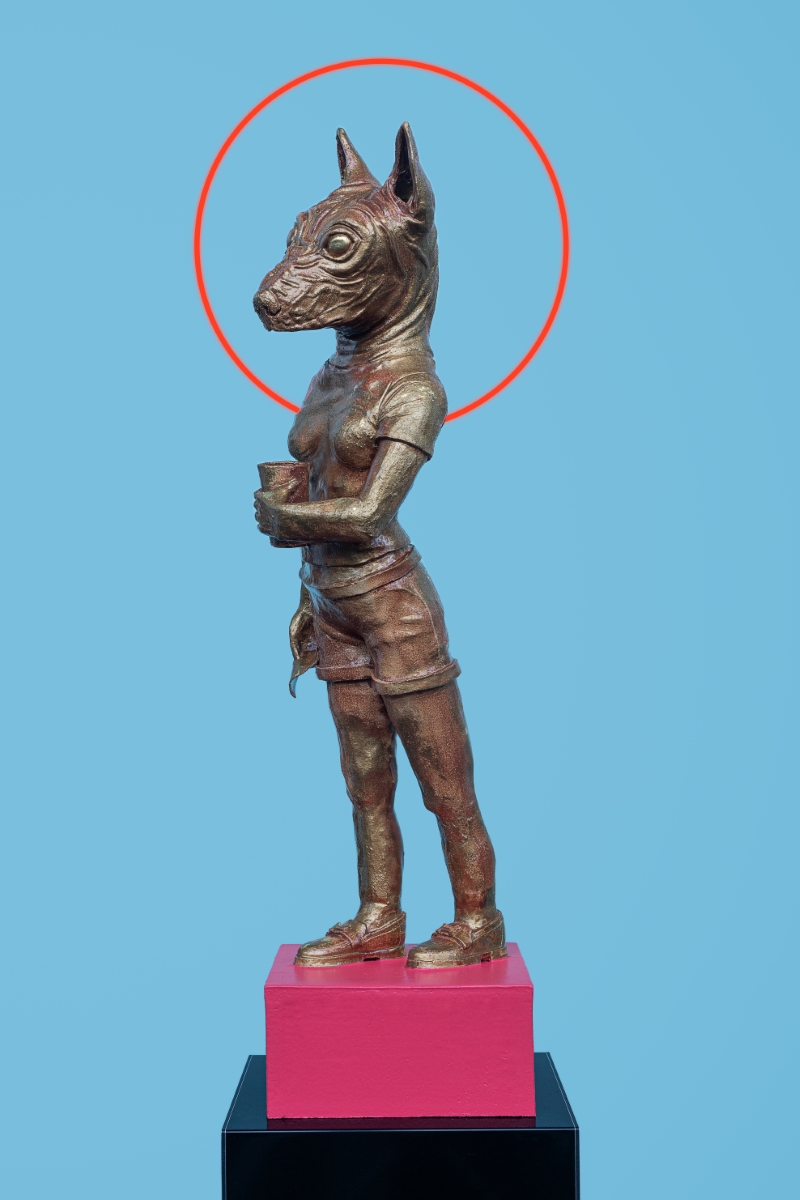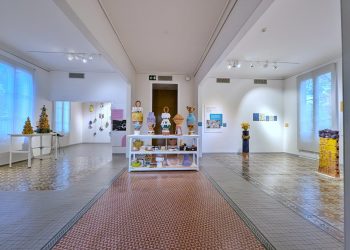Fernanda Cortes holds a degree in Product Design from The National Autonomous University of Mexico (UNAM). In 2014, she was awarded a scholarship to study at the Université de Moncton Faculté des Arts Visuels in Canada, where she wrote her dissertation titled ‘A Compendium of Mexican Cooking Utensils’ during her final year of BA studies. In pursuit of her interest in Ceramics, she applied to the Royal College of Art in London and was granted the RCA Innovation Scholarship to study in their MA program in the Ceramics & Glass Department.
Over the next five years, she resided in London and exhibited her work in various galleries, including the Saatchi Gallery’s ‘Collect: The International Art Fair for Contemporary Objects’ in 2016. She also participated in the ING’ Discerning Eye’ exhibition and had a solo show titled ‘MITLA: Place of the Dead’ at 67 York Street in 2017. Her presentation depicted a vibrant interpretation of the Día de los Muertos (Day of the Dead).
In 2019, she was awarded a Ceramic Studio Programme at Yorkshire Artspace in Sheffield and devoted her time to producing and exhibiting her artwork. As part of the Yorkshire Sculpture International’s ‘2022 Sculpture Network’ conference, she participated in a series of conferences with other artists. In 2022, she secured funding from the Arts Council England to undertake the ‘Lo Naco, Lo Fresa’ project at Guldagergaard International Ceramic Research Center (Denmark) and La Meridiana International School of Ceramic in Tuscany (Italy). She was also an artist in residence at Huddersfield University as part of the AA2A program and was awarded the City of Vénissieux Award (for artists under the age of 35) at the XV Bienal Internacional de Cerámica de Manises. In 2023, she moved her studio to the Sculpture Lounge Holmfirth (West Yorkshire, UK).
Visit Fernanda Cortes’ website and Instagram page.
Featured work
Selected works, 2016-2022


Experience draws many lines into the fabric of our being, and the passing of time creates a relationship between these vectors. Humanity as a whole is laden with this network, and this, in turn, might be translated as a dark destiny. Sometimes I cannot see through this darkness, yet I need to find figures through which presentation might occur.
Using my imagination to create ceramic anthropomorphic forms, I seek to create figures that emerge from an overwhelming emotional density and question whether my subjects are marked by a dehumanization that I understand to be a general condition. I can only say that they hover in the realm between human and non-human.
Qualities swirl about in this realm, like infusions of light and dark, but invariably they loom in a state of abject otherness. In this state is the quality of a folding of force and emergence, in which questions are emitted.















